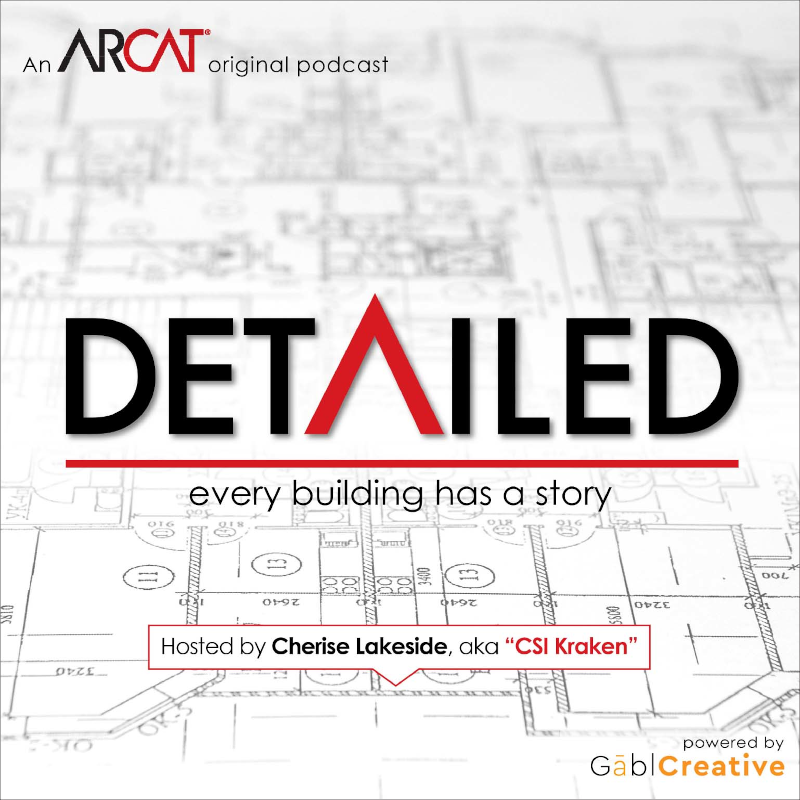|
Contributed by Eric D. Lussier While hosting a Let’s Fix Construction workshop at the AIA Conference in New York City this past Friday, a theme struck me during a discussion after a team was presenting their real-world solutions to the question that was posed to them. By nature, this theme seems opposite of the AEC industry in general. One of the many reasons why Cherise Lakeside and myself have been travelling and presenting over the last year is to help eliminate the phrase “we’ve always done it this way” in construction. The industry remains stuck in many ways and tends to not implement changes easily, nor quickly. So, I find it nothing short of ironic that the theme that struck, the term “FAST” seems so prevalent, including one long term usage, one definition that is on the cusp and one that I’m declaring. Fast-Track Construction While not an official project delivery method on its own, the term fast-track construction seems so common in the industry nowadays, that one almost assumes the term refers to the overall pace of the construction schedule. However, according to the CSI Project Delivery Practice Guide, ‘Fast-track (construction) is the process of overlapping activities to permit portions of construction to start prior to completion of the overall design. The project schedule may require that portions of the design and construction occur concurrently.’ It’s my belief that the presumed definition and the true definition of fast-track construction are now blurred. Overall project construction schedules and durations have been shortened for years now, even while lead times are longer than ever for certain material procurement and the workforce isn’t supporting these timelines. Fast-Track Design Before a shovel can be put in the ground and create the new blurred definition of fast-track construction, demands are being put on designers more and more in 2018 by Owners to create what I’m going to call “Fast-track design”. The first six (of eight) stages of the life cycle of a facility traditionally moves from project conception to project delivery to design (schematic design and design development) to construction documents to procurement to construction. While these phases could take anywhere from a few years to upwards of twenty years in the past, a new norm has compressed this timeline upwards of eighty percent in some cases. While discussing public school design with a specifier recently, they recollected how a new high school design used to be allotted eighteen to twenty-four months for design in the past and what has become all too common is the same design is now being drawn and bid in as little as six to nine months. What is the rationale behind this new fast-track design? Are our 2018 building Owners unfamiliar with the once traditional pace of the building design? If that is indeed the case, why aren’t designers standing their ground and letting them know their design schedule is unfeasible? If my presumption is true, and the architect continues to let these unrealistic design schedules continue, are we ever going to go back to the properly paced project design?
Fast-Track Training Fast-track construction has been with us for years. Fast-track design seems to be a relatively new concept and concern, but one that we need to keep an eye on as our architectural firms are staffed for proper workflows and workloads. It’s the need of fast-track training is what struck me this past Friday at the AIA conference. Of the three teams that addressed modern-day issues in our workshop, two dealt with the lack of the skilled labor workforce or improperly trained young professionals in the industry. Why the cause for concern of our workforce? Well, for background, the current population demographics give us 76 million baby boomers (born between 1946 to 1964), 55 million Generation Xers (born 1965 to 1980) and 71 million millennials, who were born between 1981 and 1996 and are expected to overtake Boomers in population in 2019. What's more important to know is that by 2020, 50% of the workforce will be millennials. By 2025 that number is expected to skyrocket to 75%. As Generation X is 25% smaller than the boomer generation, our young professionals will need to step up much sooner, okay I’ll say it, FASTER, than ever before. As we address in the 'Protectors of the Future: Empowering and Engaging Tomorrow's Leaders' workshop, the ultimate problems with the generational imbalance is
Hence, we need what I’m coining as ‘Fast-Track Training’. We need to recognize tomorrow’s leaders today for what they are – our successors. And we not only need to get them up to speed, but get them comfortable in their surroundings and with these future roles as soon as possible. It’s more important than ever that we acknowledge what the US News & World Report just published in that our “labor shortage is so acute that 91 percent of more than 2,700 contractors, construction managers, builders and trade contractors surveyed in the latest Commercial Construction Index reported having a difficult or moderately difficult time finding skilled workers.” Coupled this with “the fact that by 2050 there will be two billion more people on the planet – we have to build 1,000 more buildings a day for the next 32 years to house them". That doesn’t even figure in where they are going to work or be educated, either. In our speed of 2018 life that we are all living, we cannot afford to start our ‘Fast-Track Training’ of our future leaders - our successors - soon enough.
12 Comments
Eric Hardenbrook CSI, CDT
6/28/2018 11:59:46 am
There is a constant misunderstanding and lack of respect in the AEC industry for the computer programs and people using them to create construction documentation by people in the AEC field - particularly those of the boomer generation. The computer is magic and you should be done faster.
Reply
3/19/2024 02:11:26 am
Luxe Fluff & Fold caters to an elite clientele, offering a personalized and luxurious laundry experience that exceeds expectations.
Reply
3/29/2024 12:44:44 am
I'm so impressed with this natural-looking spray tan. It's easy to apply, dries quickly, and leaves me with a flawless, streak-free tan that lasts for days. Highly recommend.
Reply
4/2/2024 01:16:49 am
Embrace the journey of self-discovery and spiritual growth with the compassionate support of our coaching team.
Reply
4/2/2024 03:32:47 am
These sexy styles are a wardrobe essential. The quality is unmatched, and the attention to detail is impeccable. I appreciate how each piece is designed to flatter the figure, making me feel confident and beautiful every time I wear them.
Reply
5/24/2024 09:40:16 am
Misoprostol's versatility extends to its role in medical abortion. Its accessibility empowers women to make informed choices about their reproductive health.
Reply
6/4/2024 10:06:12 am
Achieve your tanning goals at Pearland's best-kept secret.
Reply
What a fantastic gift! The premium materials and stylish design make it a standout. It’s incredibly practical and offers numerous benefits that enhance everyday life. The attention to detail is impressive, making it a gift that will be appreciated and used frequently. Highly recommended!
Reply
6/20/2024 09:41:04 am
Pearland's best tanning salon provides a relaxing and professional environment for all your tanning needs.
Reply
6/20/2024 09:53:00 am
A life coach can help you identify and overcome limiting beliefs.
Reply
6/20/2024 10:05:52 am
Foot care in Klagenfurt includes paraffin wax treatments for deep hydration.
Reply
Leave a Reply. |
AboutLet's Fix Construction is an avenue to offer creative solutions, separate myths from facts and erase misconceptions about the architecture, engineering and construction (AEC) industry. Check out Cherise's latest podcast
Get blog post notifications hereArchives
March 2022
Categories
All
|


 RSS Feed
RSS Feed
